Animatronic Carnotaurus Amd002
Animatronic Carnotaurus are widely used in exhibitions. With their realistic appearance, vivid action design and thrilling sound effects, they bring the audience an immersive dinosaur era experience.
显示所有 6 结果

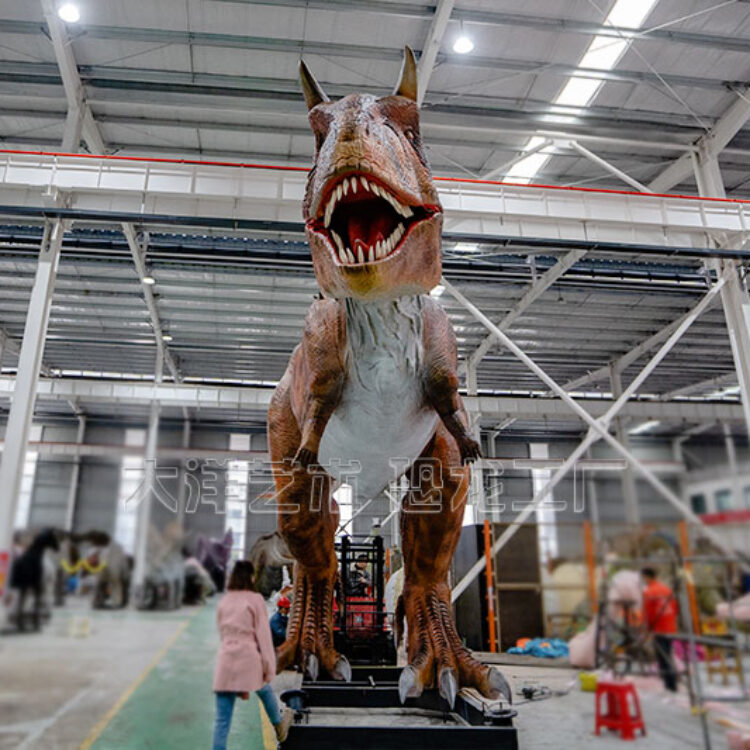
Animatronic Carnotaurus are widely used in exhibitions. With their realistic appearance, vivid action design and thrilling sound effects, they bring the audience an immersive dinosaur era experience.

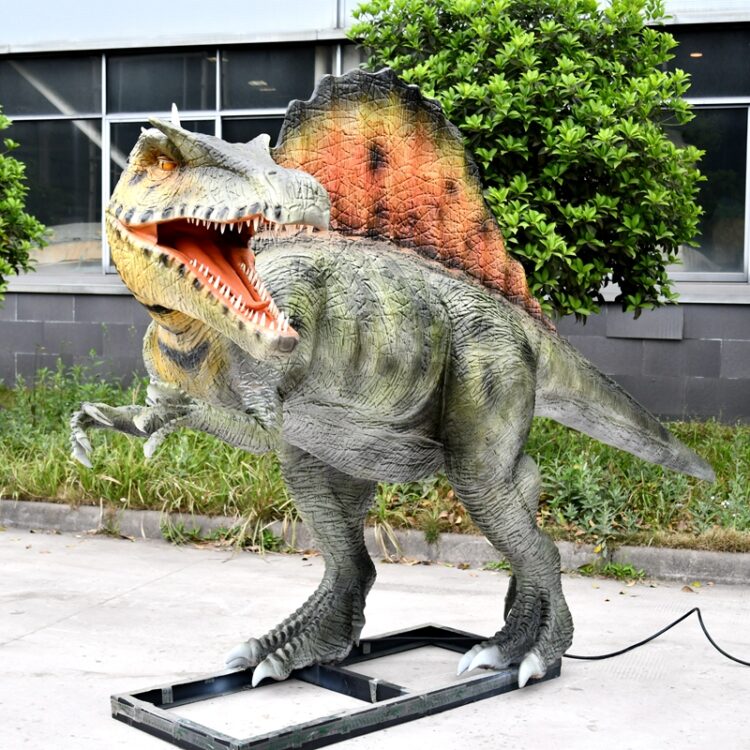
The skeleton of the Spinosaurus is crafted from durable metal alloys, ensuring stability and longevity. The skin is made from a combination of flexible plastics and fabrics, providing a realistic texture while allowing for a range of movements. Internal mechanisms are precision-engineered to replicate the dinosaur’s natural movements, from the subtle swaying of its tail to the powerful stride of its legs.
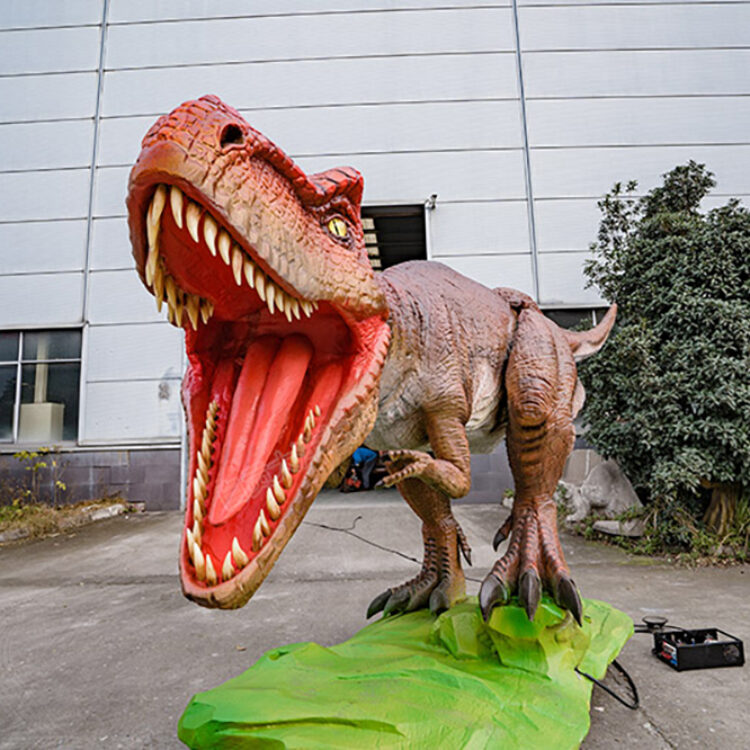

Animatronic T-Rex refers to a simulation model of Tyrannosaurus Rex created using electronic technology. It combines animation with mechanical movements to present a vivid and realistic effect. This kind of model can be used as an exhibit or interactive device in museums, theme parks, science and technology museums, and other places, attracting the attention of visitors and enhancing their visiting experience.
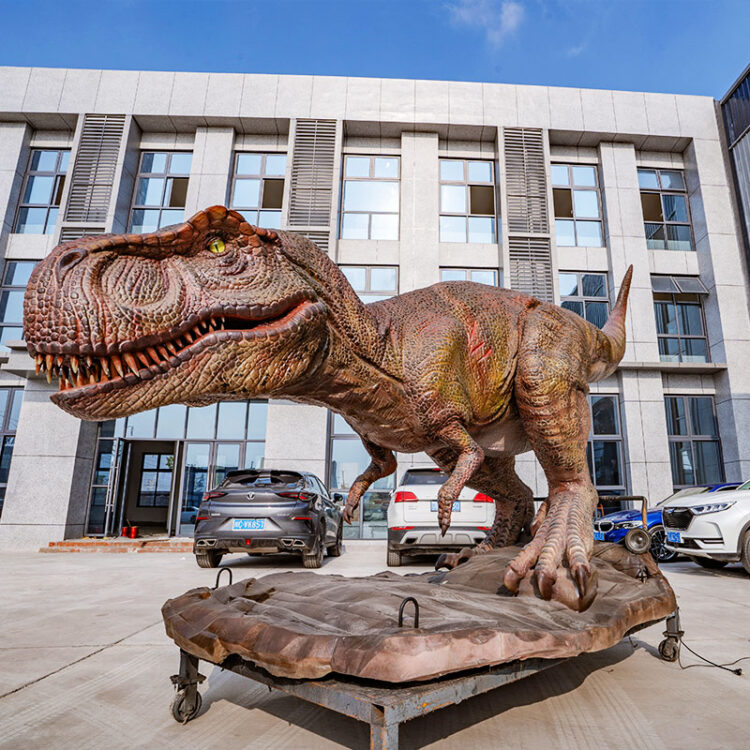
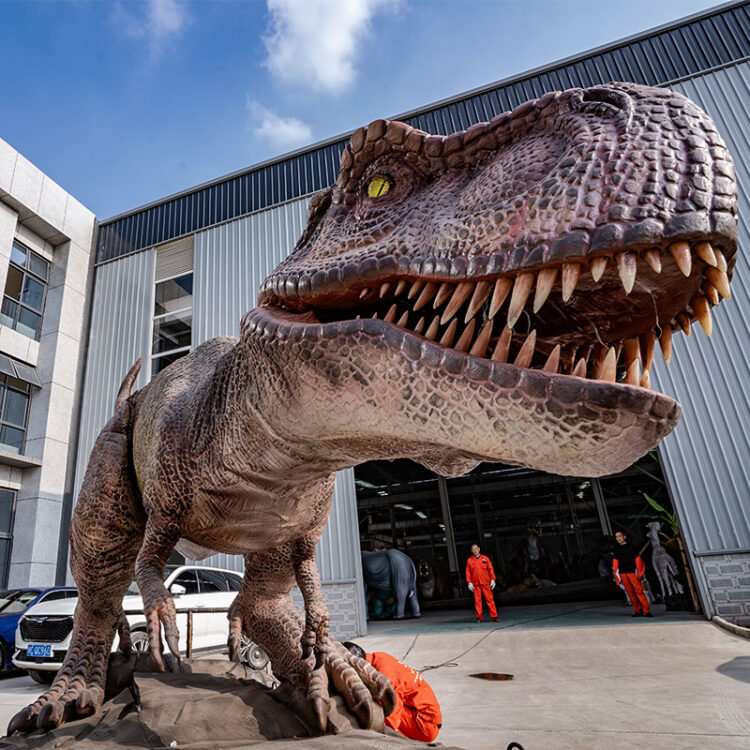
Sed viverra tellus in hac habitasse platea dictumst. In nisl nisi scelerisque eu ultrices vitae auctor. Platea dictumst vestibulum rhoncus est. Nulla posuere sollicitudin aliquam ultrices. Enim sit amet venenatis urna cursus eget nunc scelerisque viverra.
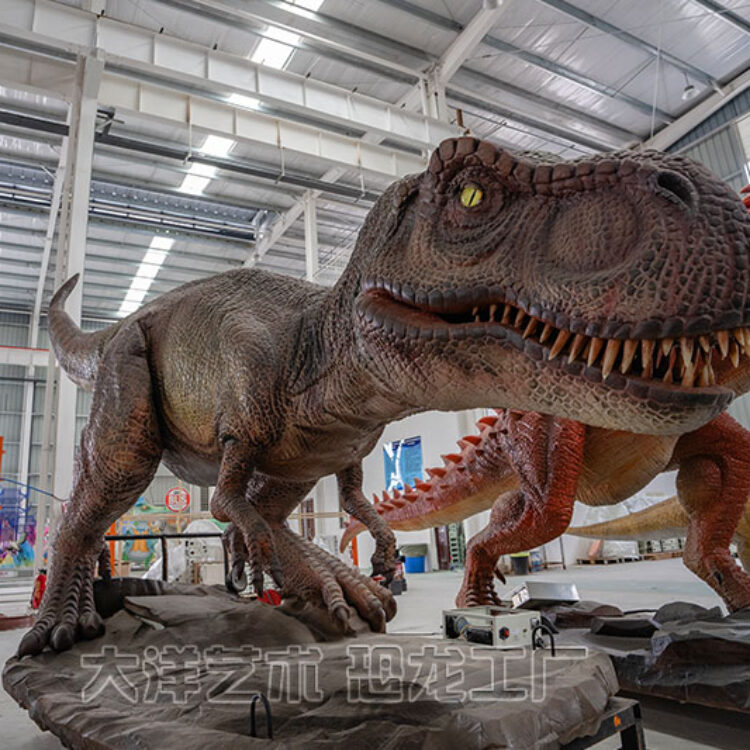
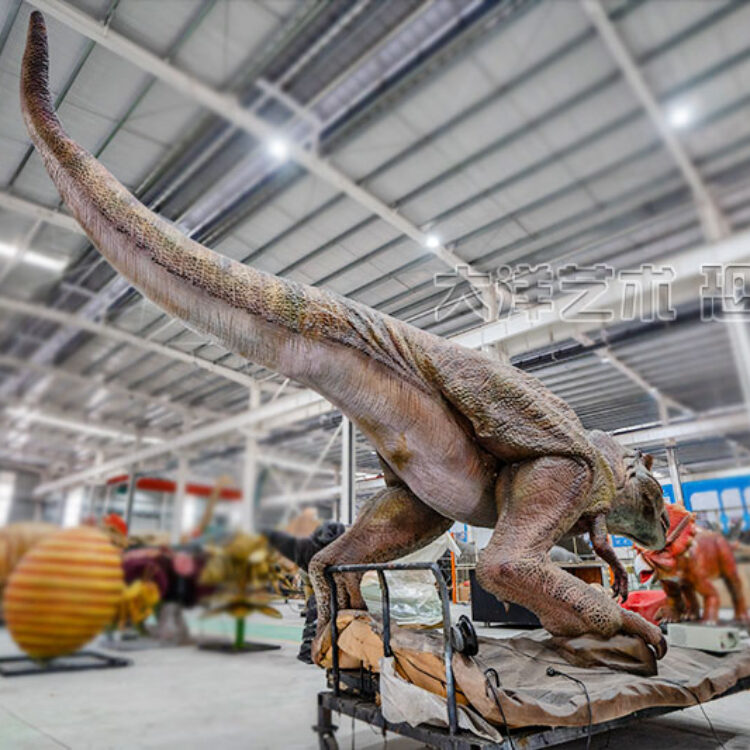
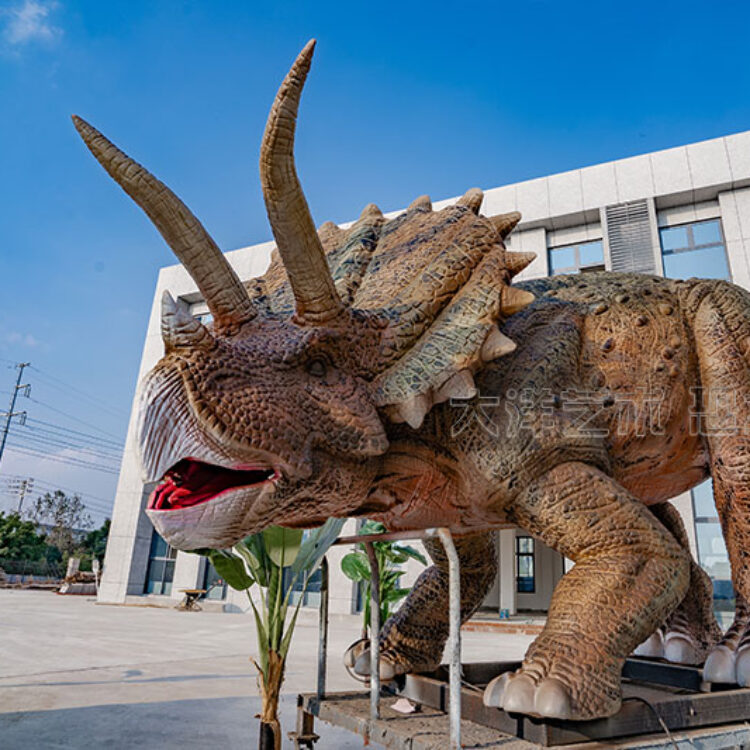
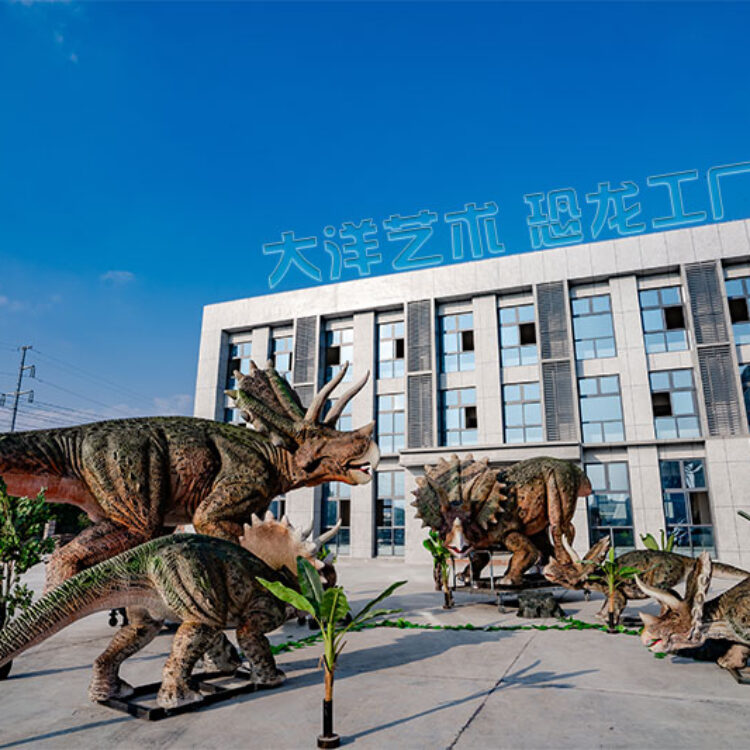
The “simulated Triceratops” typically refers to the replication or simulation of the authentic form of the Triceratops through technological means such as 3D printing or model making. Triceratops was a herbivorous dinosaur that lived in the late Cretaceous period, renowned for its unique three horns on its skull.
If you want to create a simulated Triceratops, here are some basic steps and considerations:
Research: Firstly, conduct thorough research on the morphology, structure, and lifestyle of the Triceratops. This includes reviewing relevant scientific literature, visiting dinosaur exhibitions at museums, and searching for high-resolution images or 3D models of Triceratops online.
Design: Based on your research, design a model of the simulated Triceratops. This can be a hand-drawn sketch or a 3D model created using 3D design software. Ensure that the proportions and structure of the model are as accurate as possible.
Material Selection: Choose suitable materials for making the model. For small desktop models, plastics, resins, or woods may be good options. For larger outdoor display models, stronger materials such as metal or concrete may be required.
Production:
If using 3D printing, import the designed 3D model into a 3D printer or send the file to a professional 3D printing service provider.
For manual production, cut and assemble materials according to the design drawings, potentially using tools such as carving knives, saws, and glue.
Painting and Detailing: Color the model based on the authentic colors and textures of the Triceratops. Spray paint, acrylic paint, or model-specific paint can be used. Additionally, add details such as skin texture, eye gloss, and horn shine to enhance the realism of the model.
Display and Maintenance: Place the completed simulated Triceratops in an appropriate location for display and perform regular maintenance to ensure its long-term preservation.
Please note that creating a high-quality simulated Triceratops requires considerable time, skill, and resources. If you are a beginner, it is recommended to start with simpler models and gradually increase the difficulty and complexity.
最后的内容
最后的内容